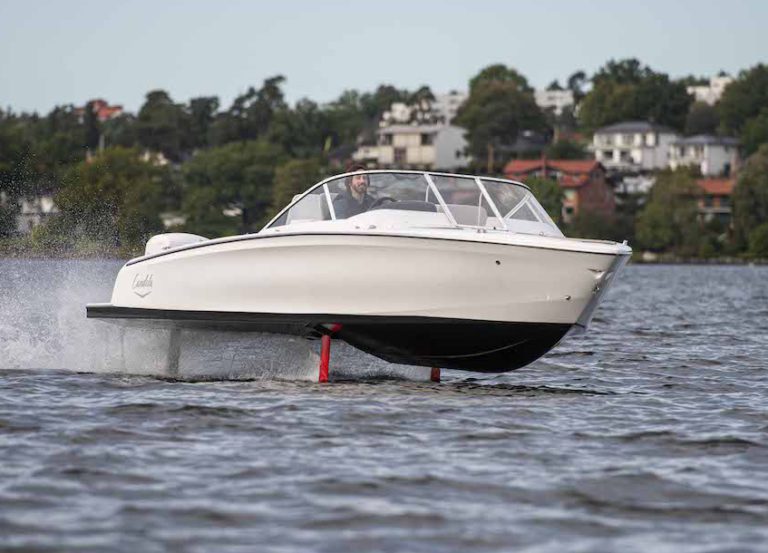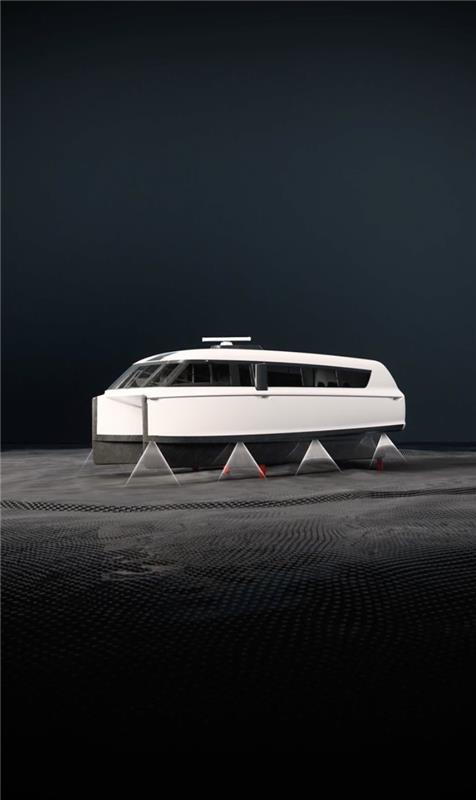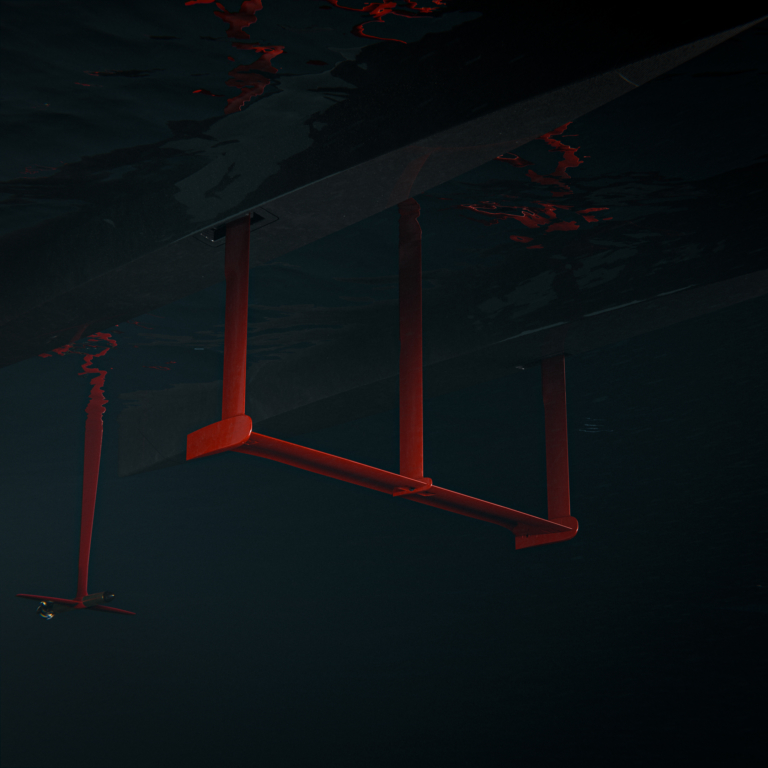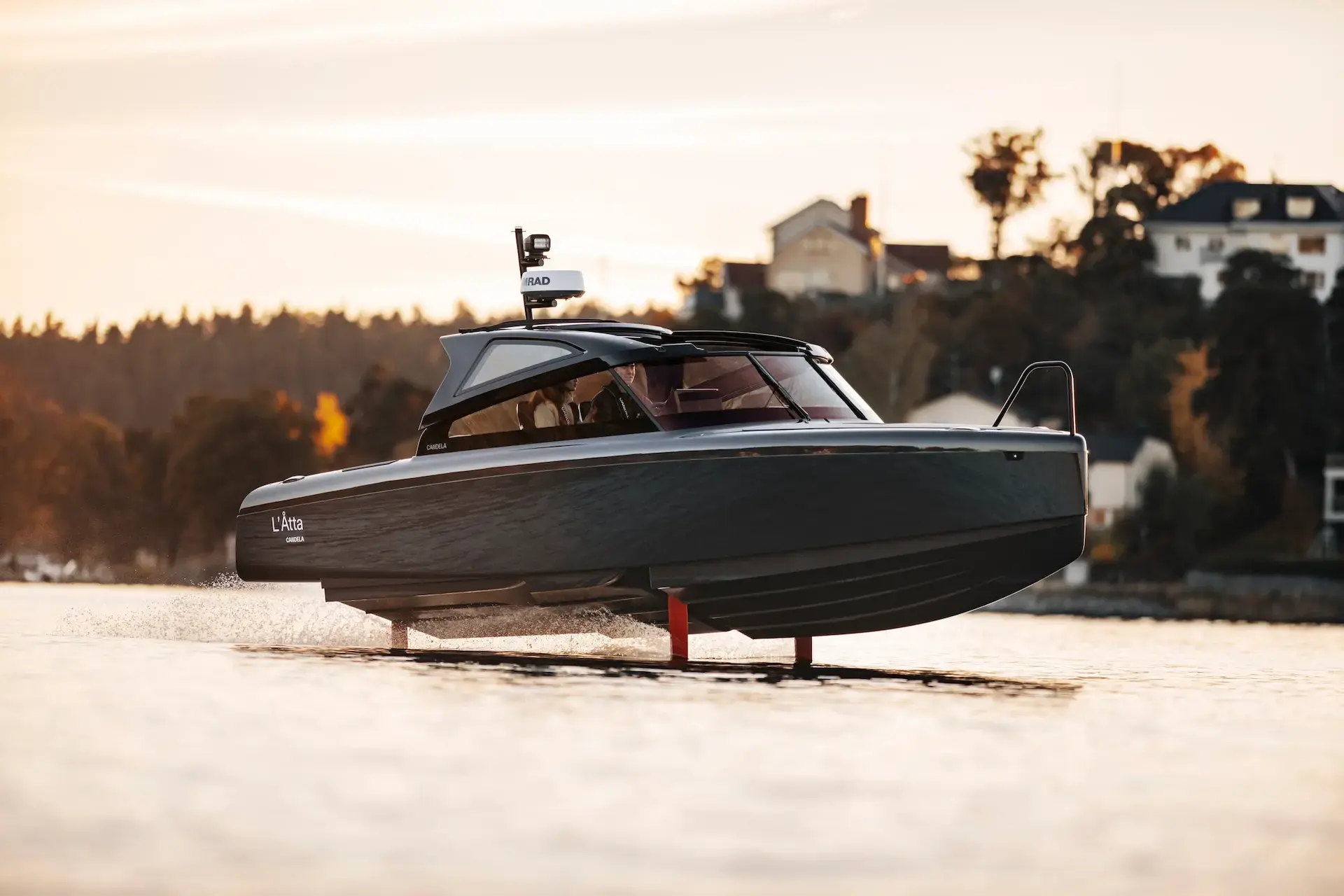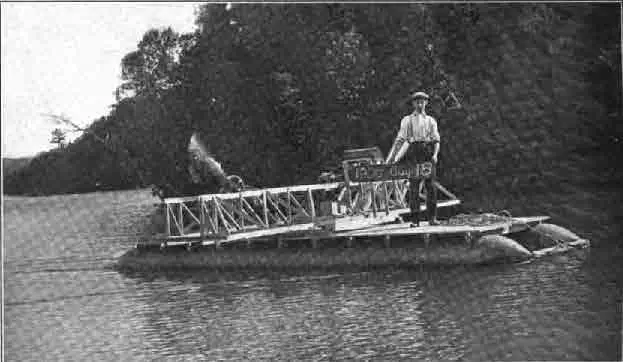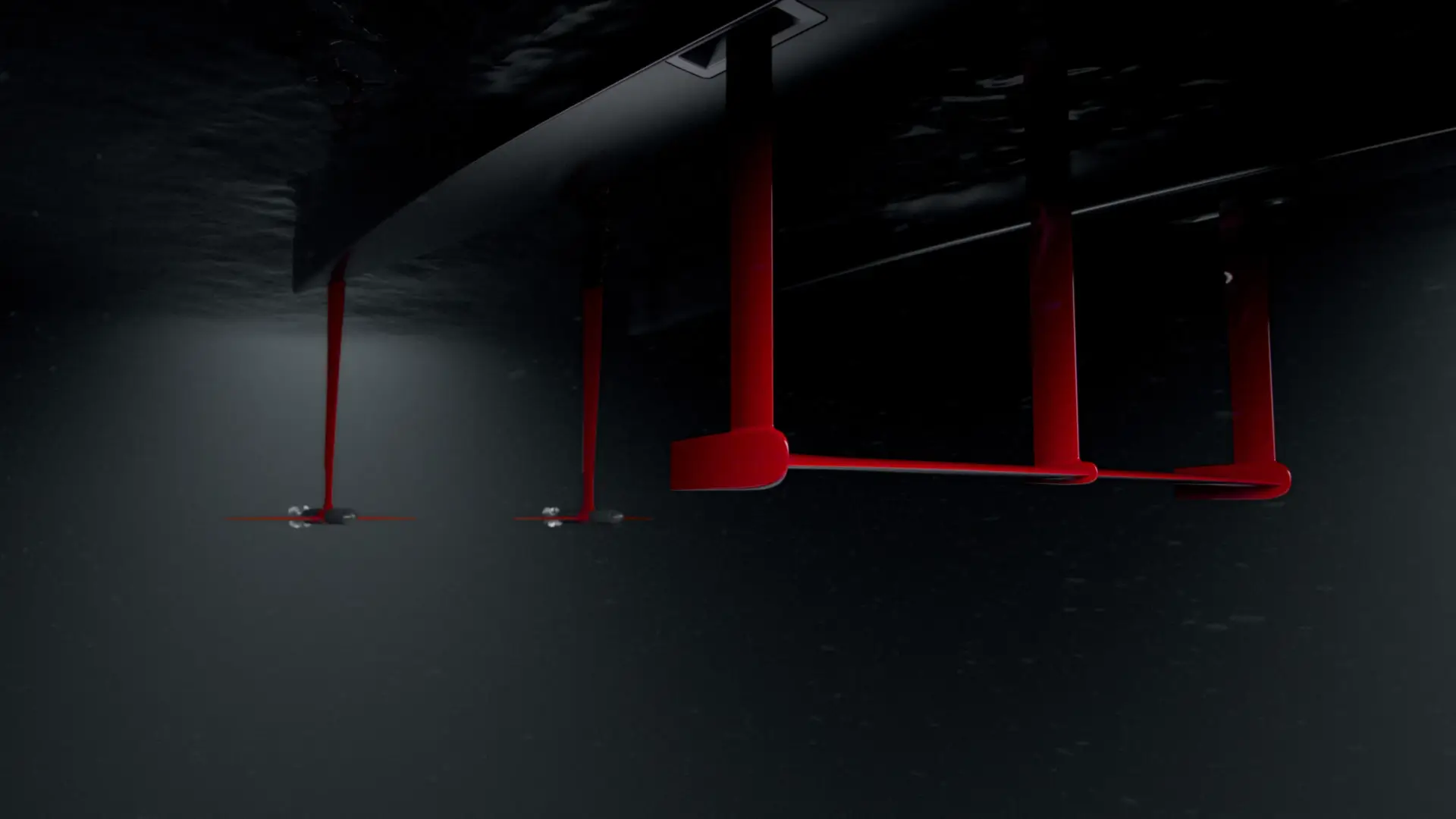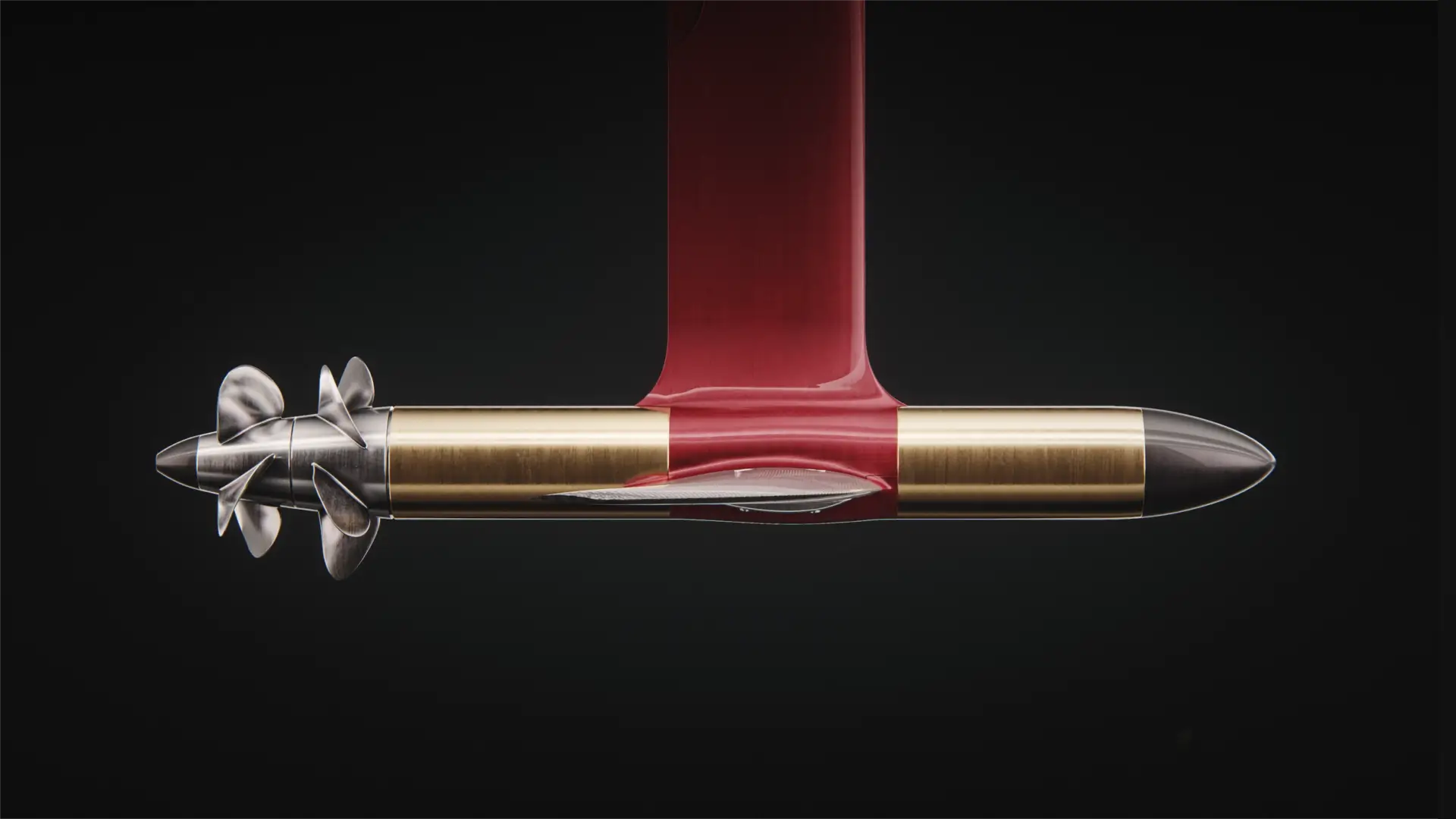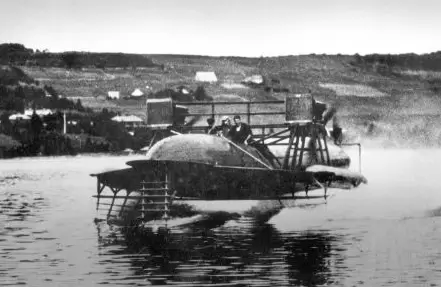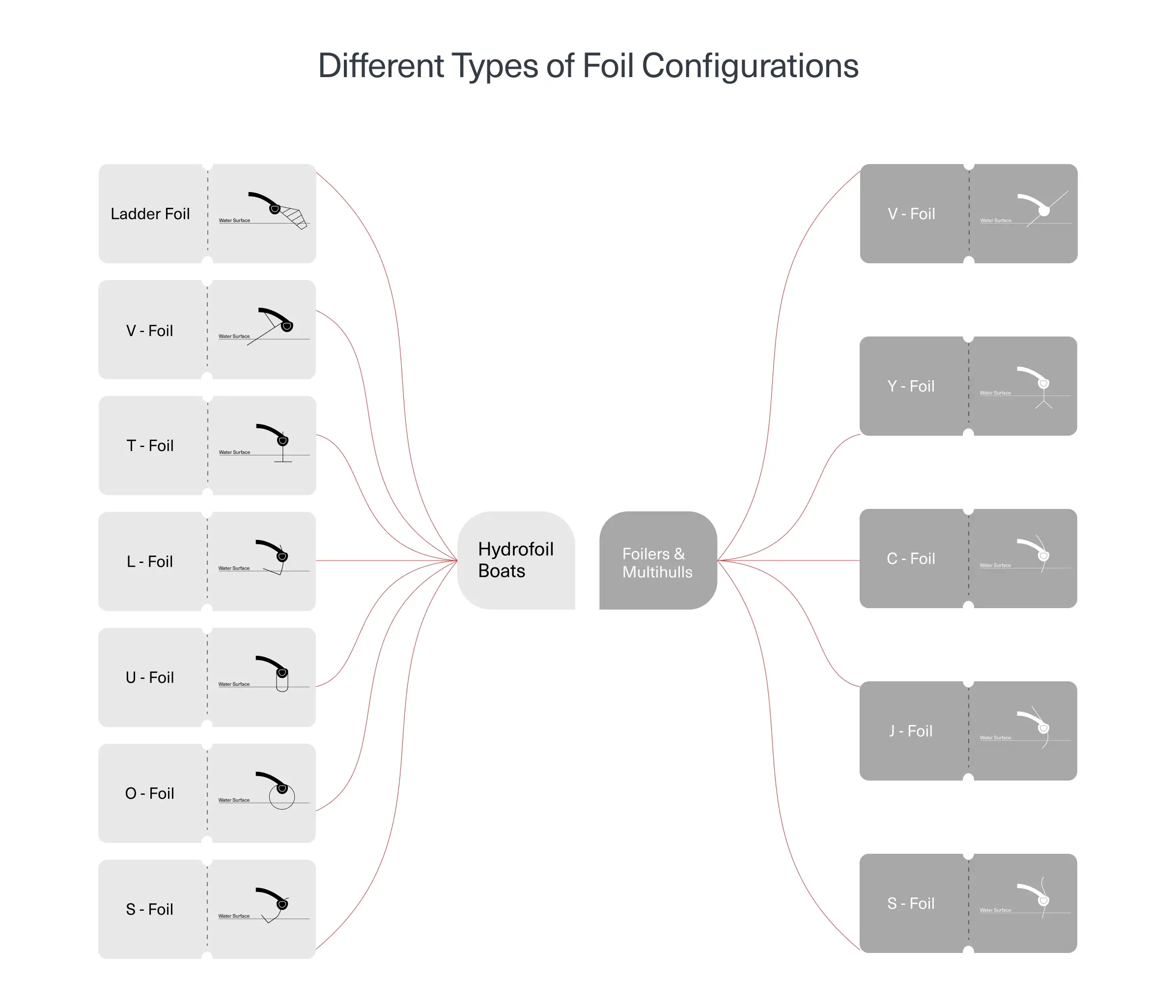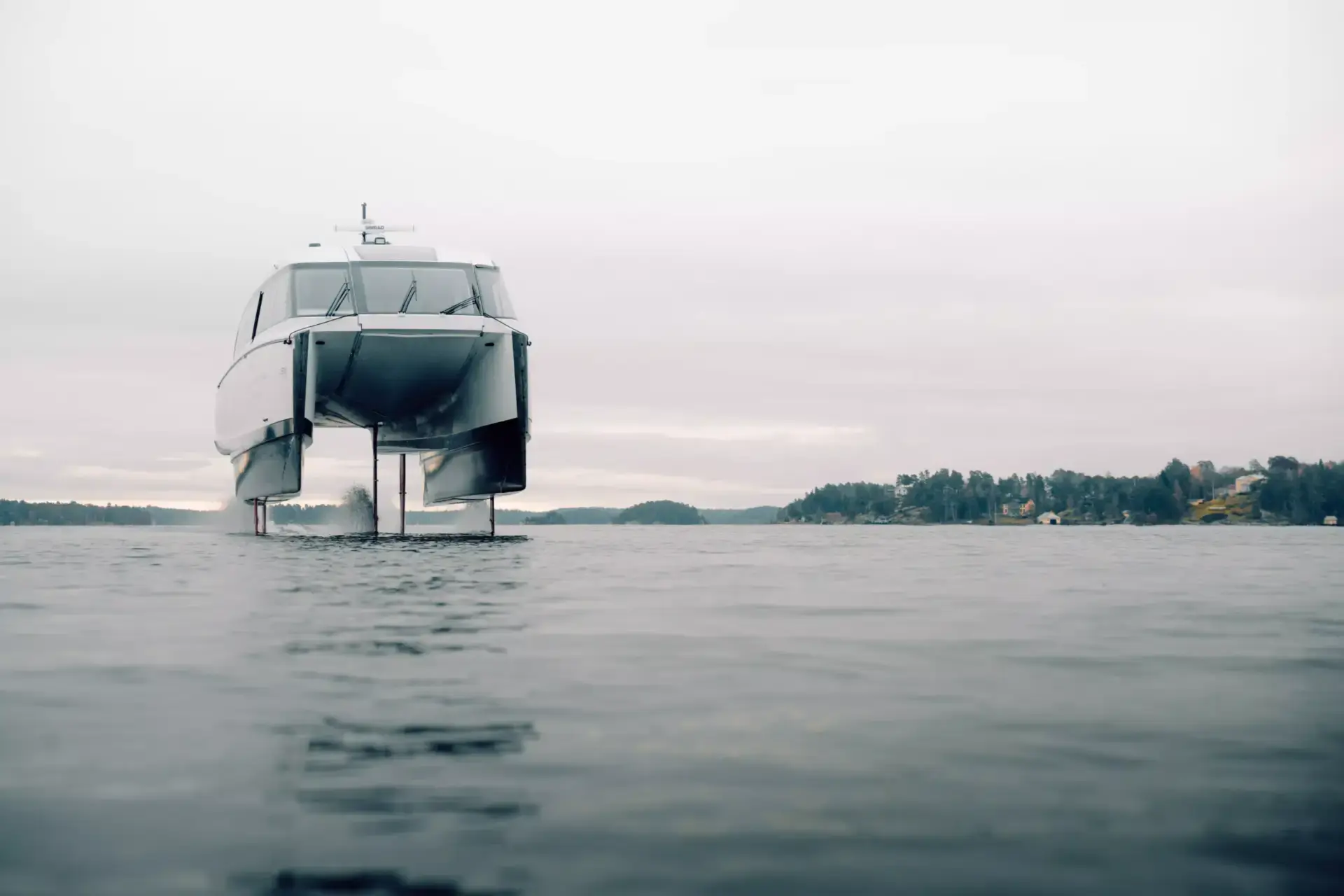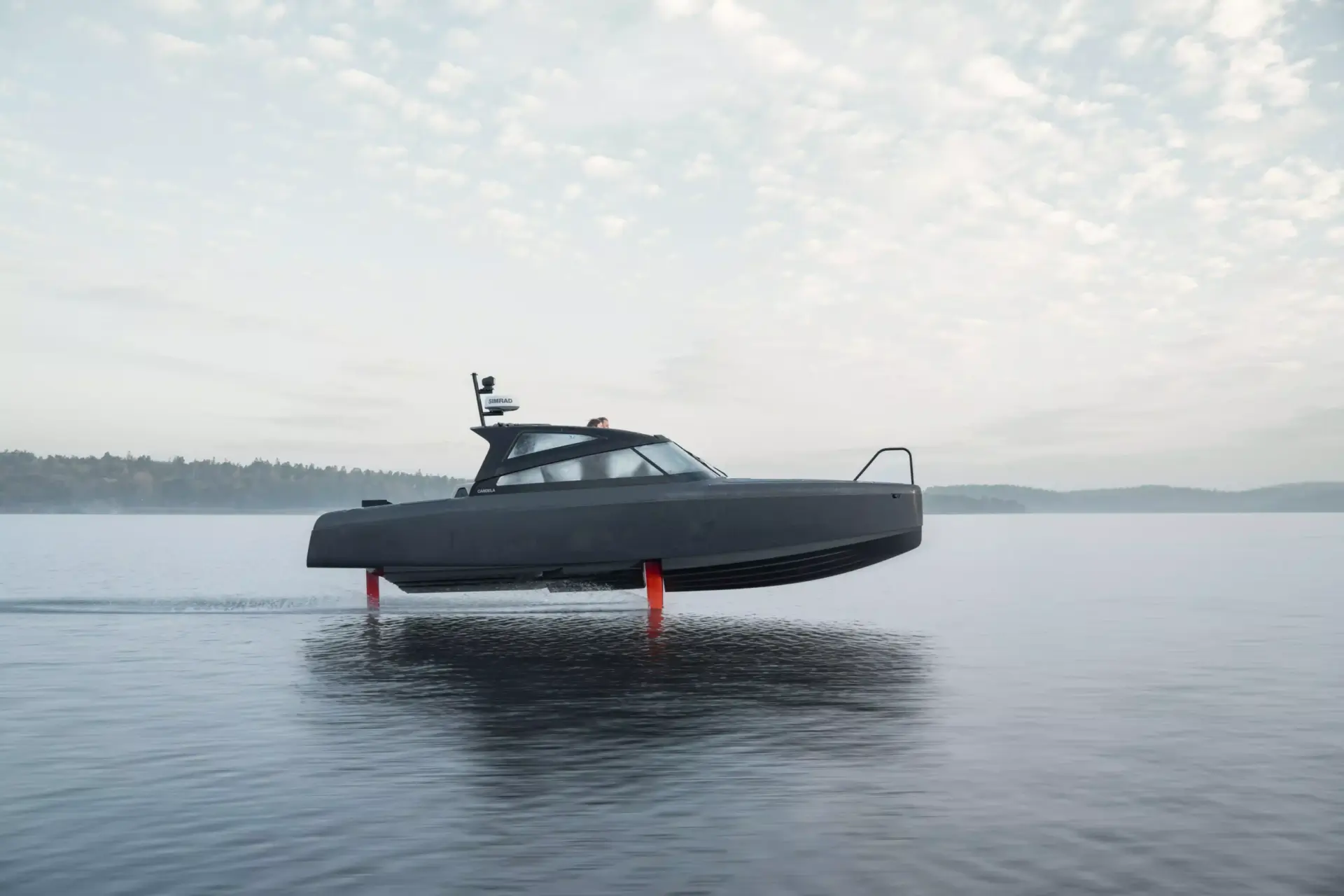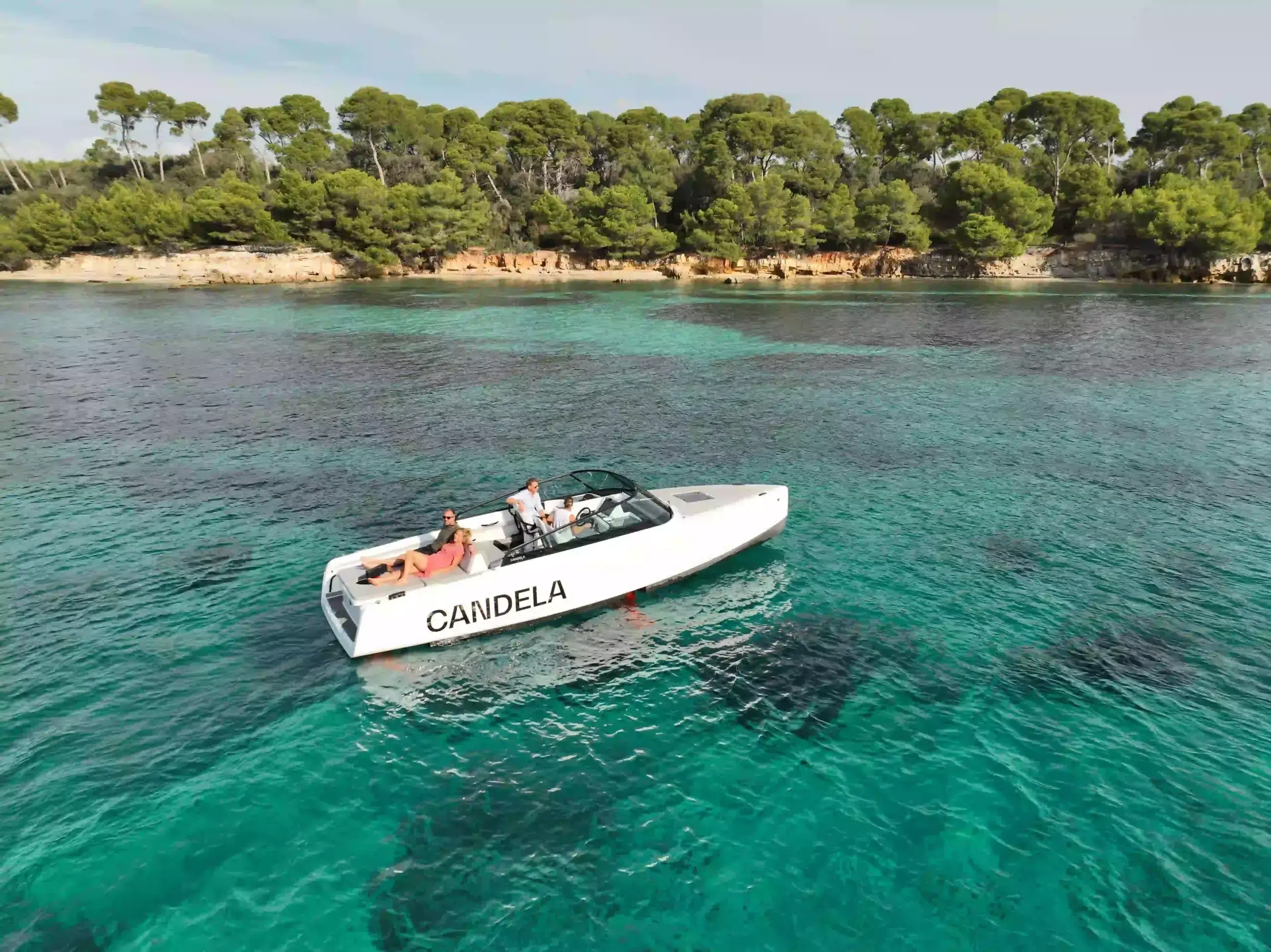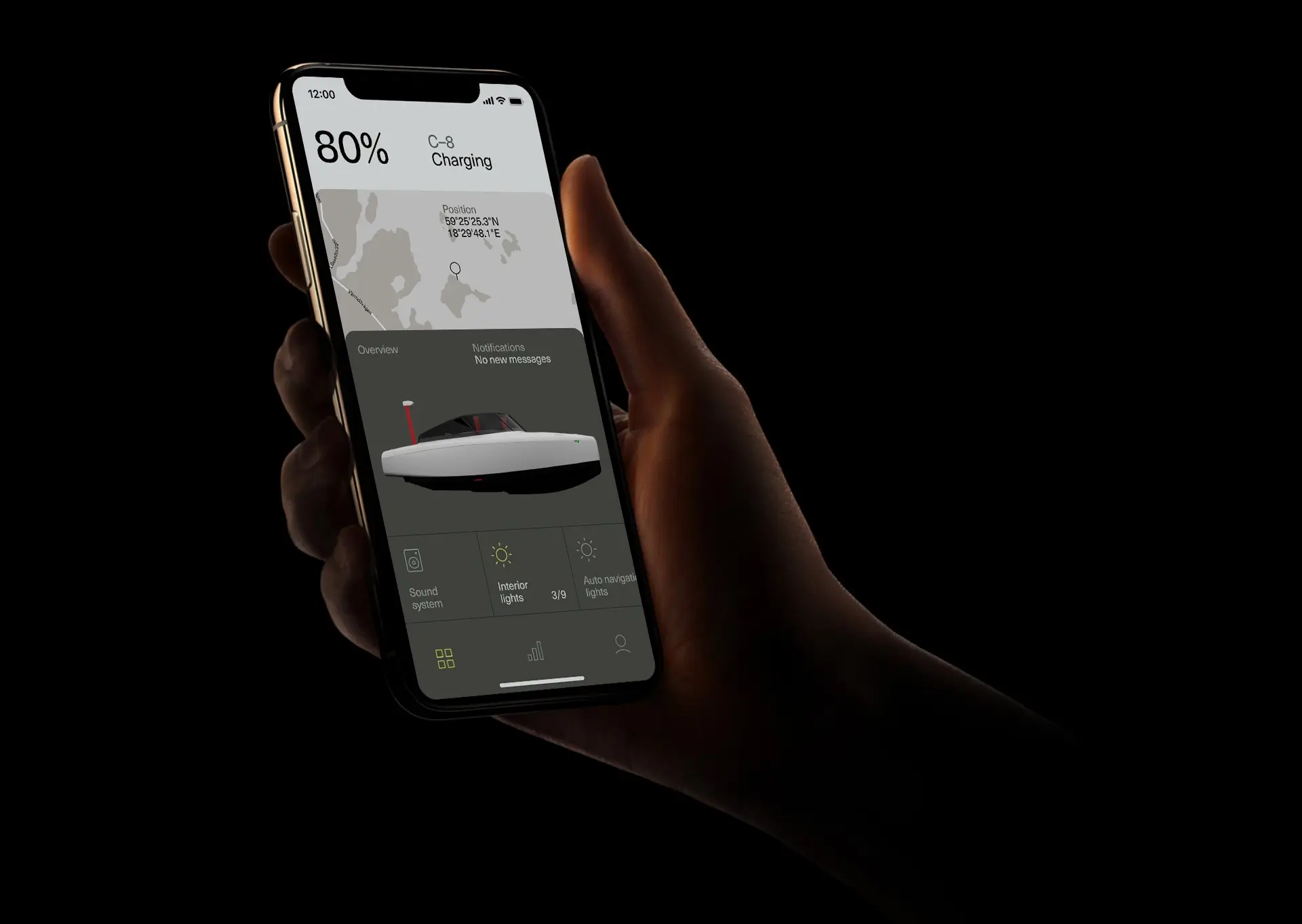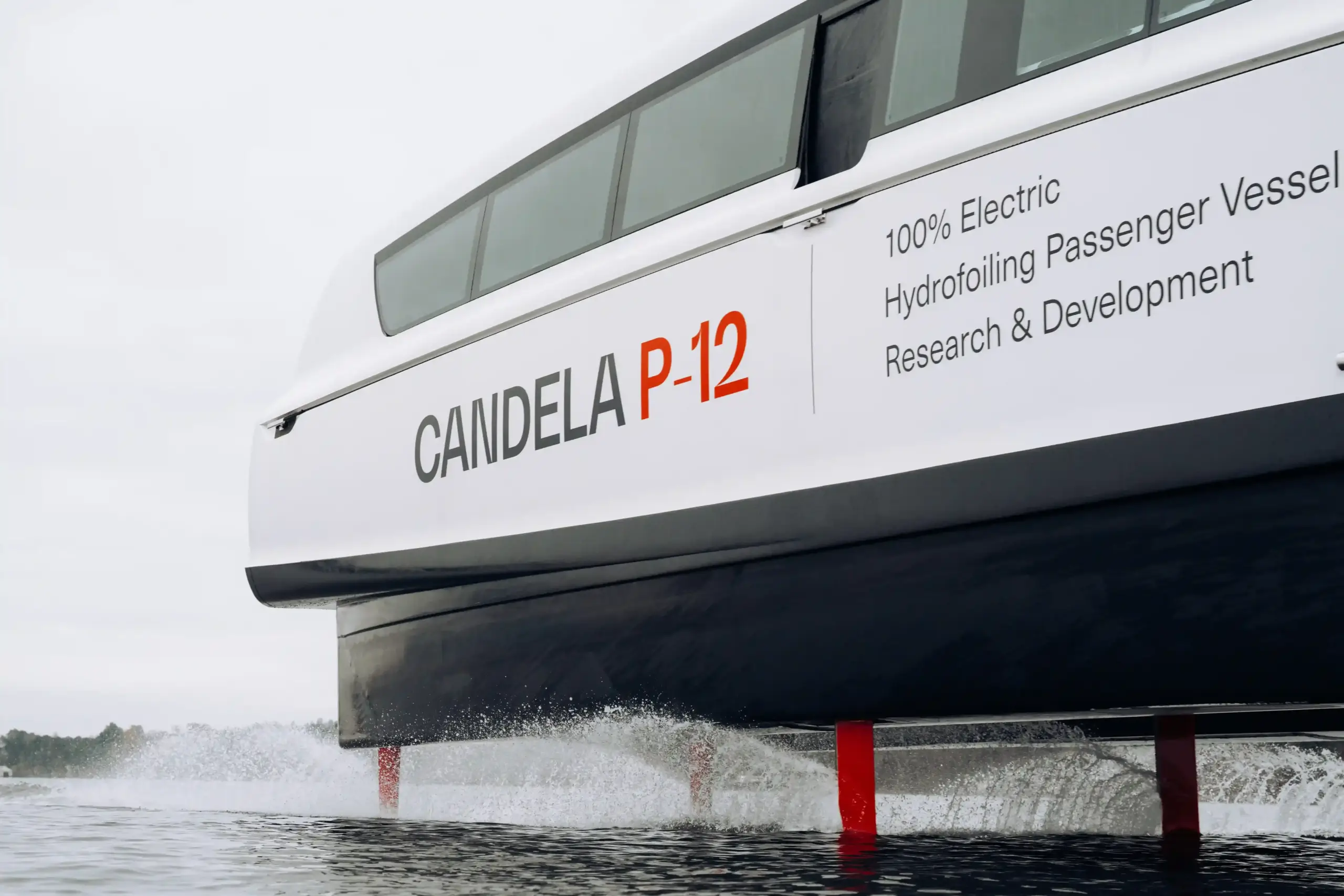What is a Traditional, Displacement Boat?
A displacement boat represents one of the oldest types of hull designs. It moves through water by pushing it aside, unlike planing boats that ride on top. These boats are known for their efficiency and slower speed. In marine design, a common rule associates the speed of a displacement boat with its length, often expressed as hull speed. This estimate indicates the maximum speed a displacement hull can efficiently achieve without increasing resistance and fuel consumption significantly. For instance, a 6-meter boat can reach about 6 knots, while a 7-meter boat can achieve slightly under 7 knots.
Beyond hull speed, increasing speed demands significantly more power, becoming inefficient as the boat climbs the stern wave instead of slicing through water. A distinguishing design feature of many traditional displacement boats is their narrower and shallower hulls. Canoes and some rowboats are prime examples, benefiting from longer waterlines which enhance their efficiency.
Traditional displacement boats typically rely on conventional propulsion methods like paddles, oars, and sails, although they can also be motor-driven. Examples include most sailboats, barges, houseboats, and other slow-moving vessels.
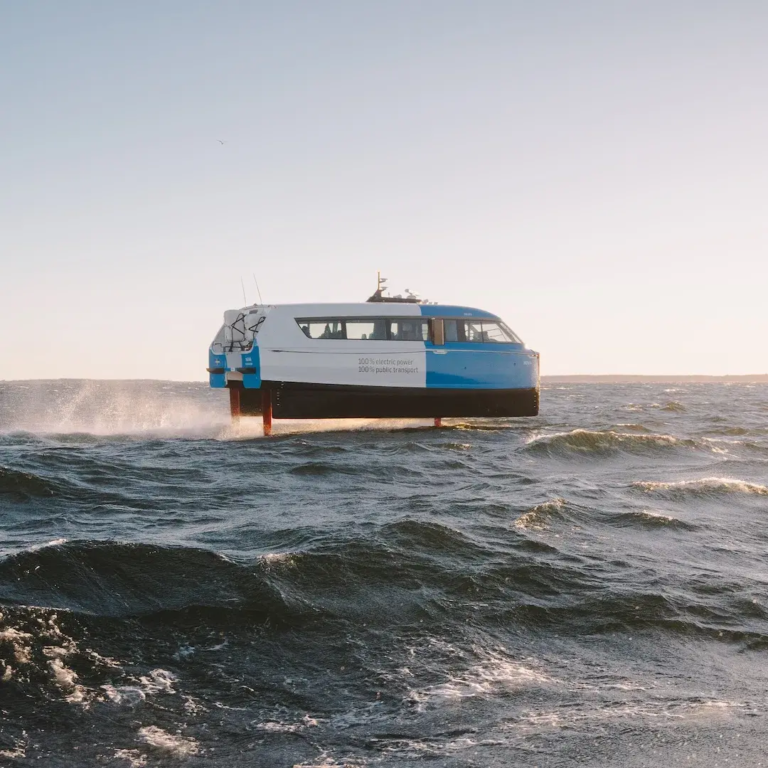 Overview
Overview 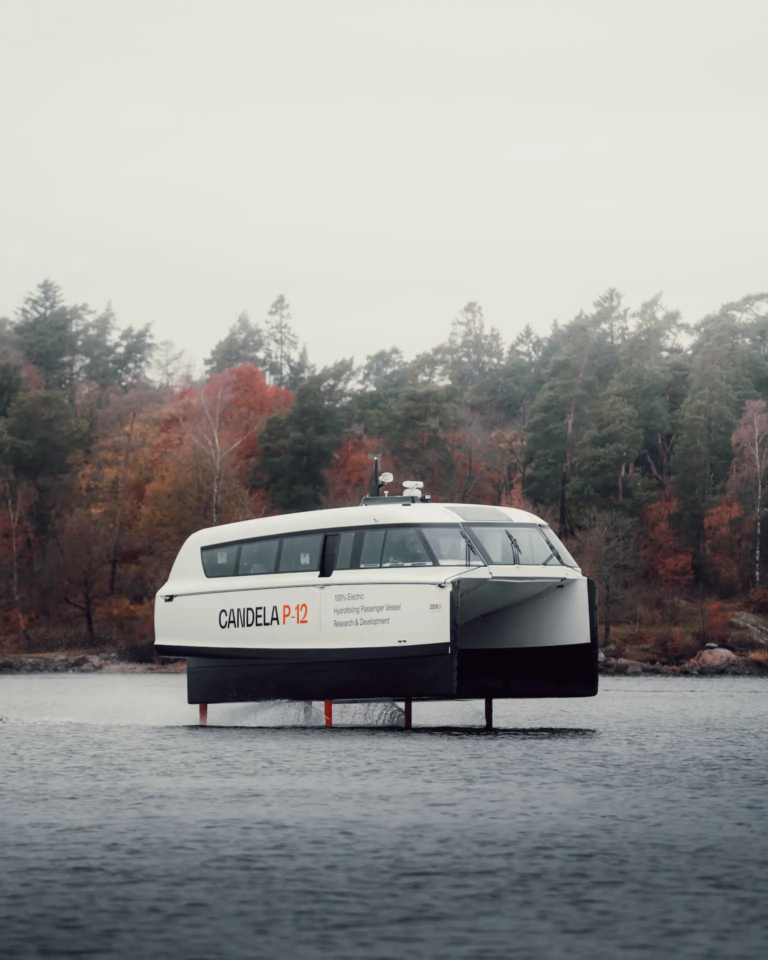 P-12 Shuttle
P-12 Shuttle 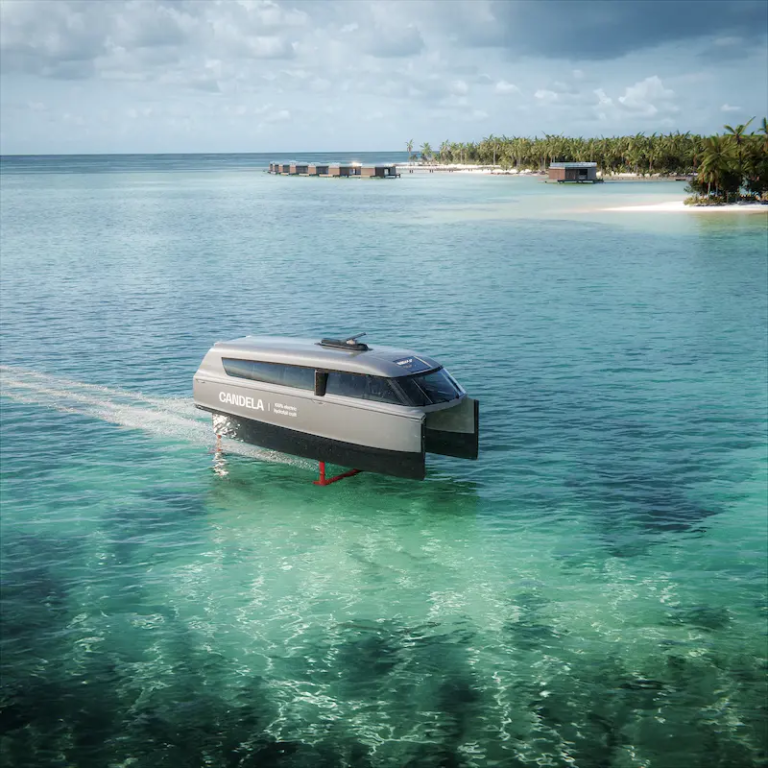 P-12 Voyager
P-12 Voyager 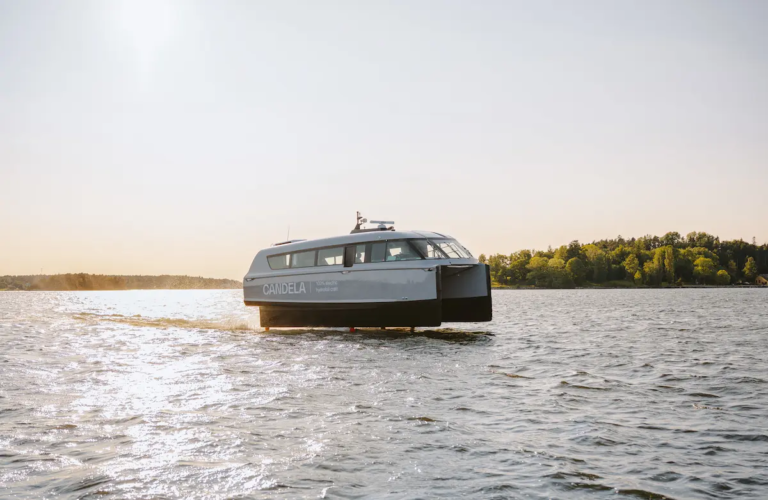 P-12 Business
P-12 Business 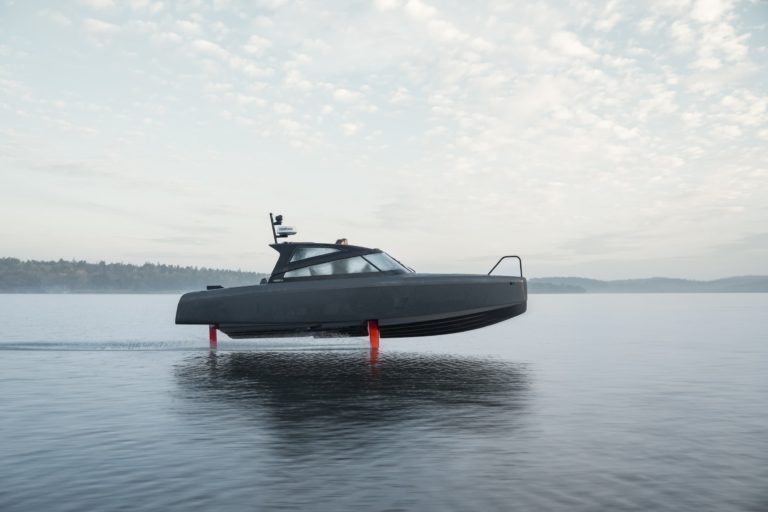
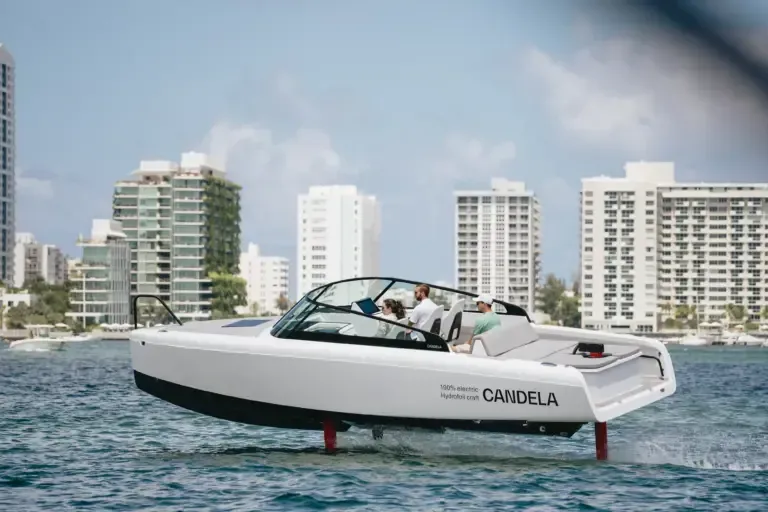 C-8
C-8 